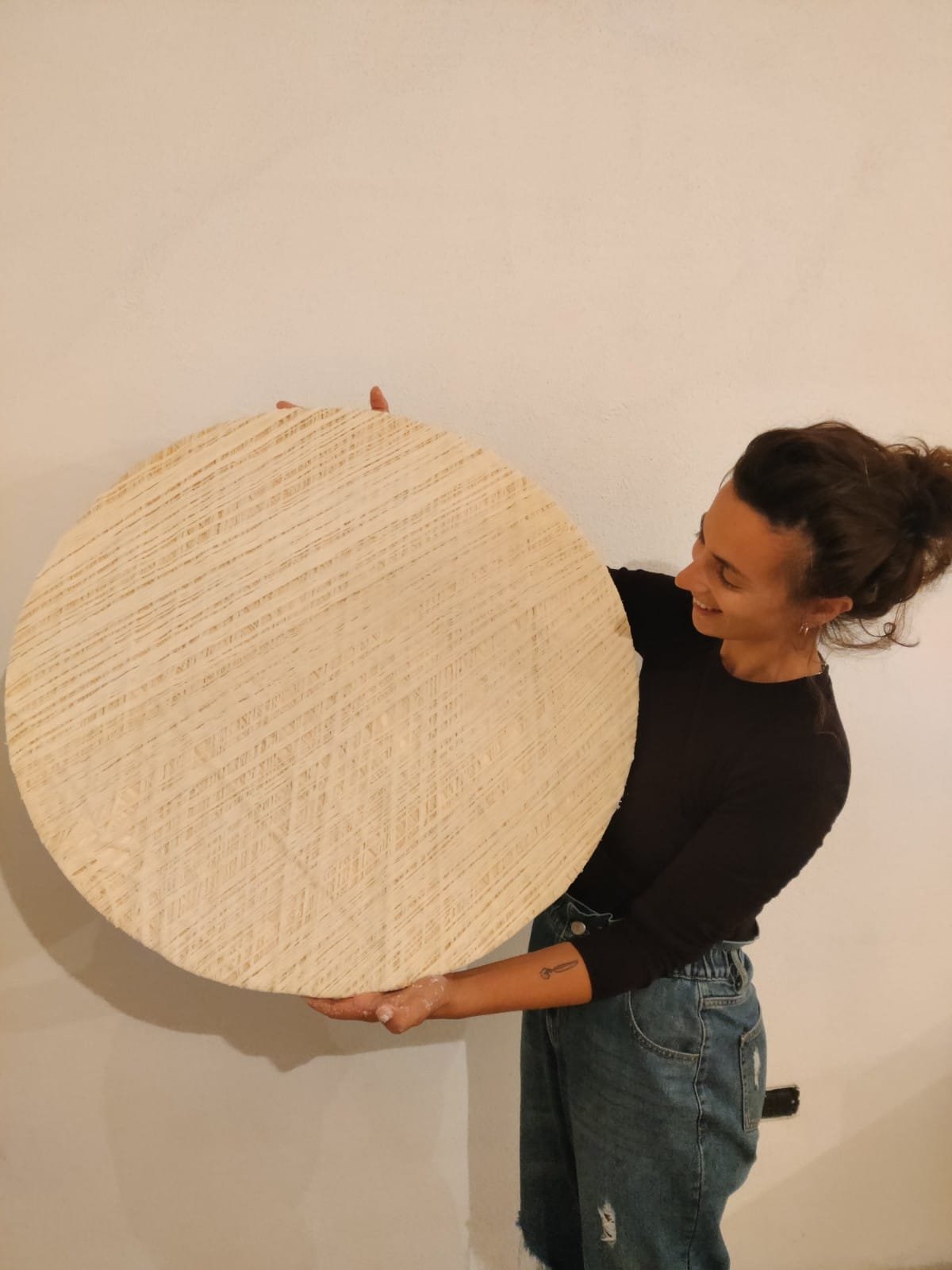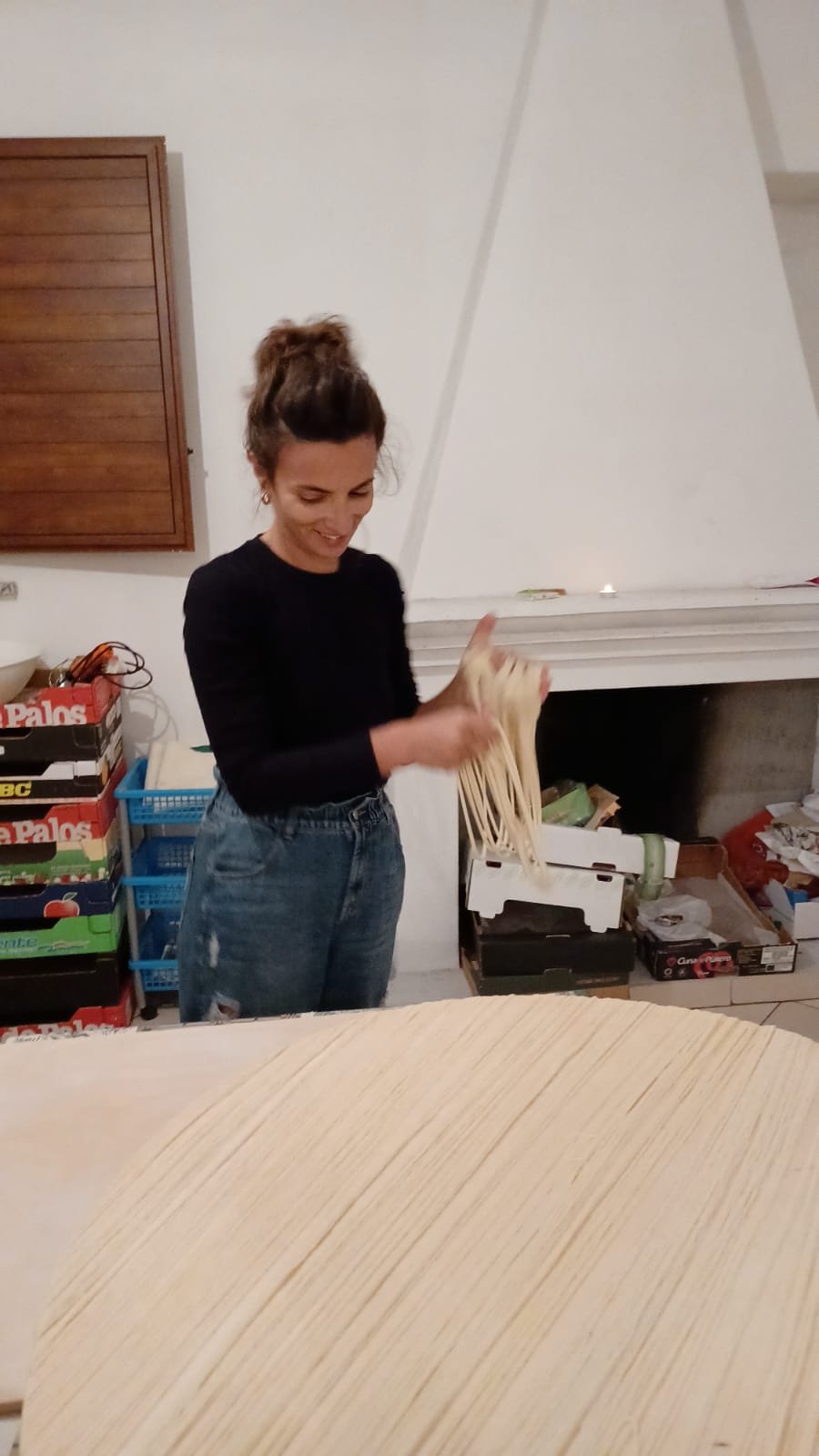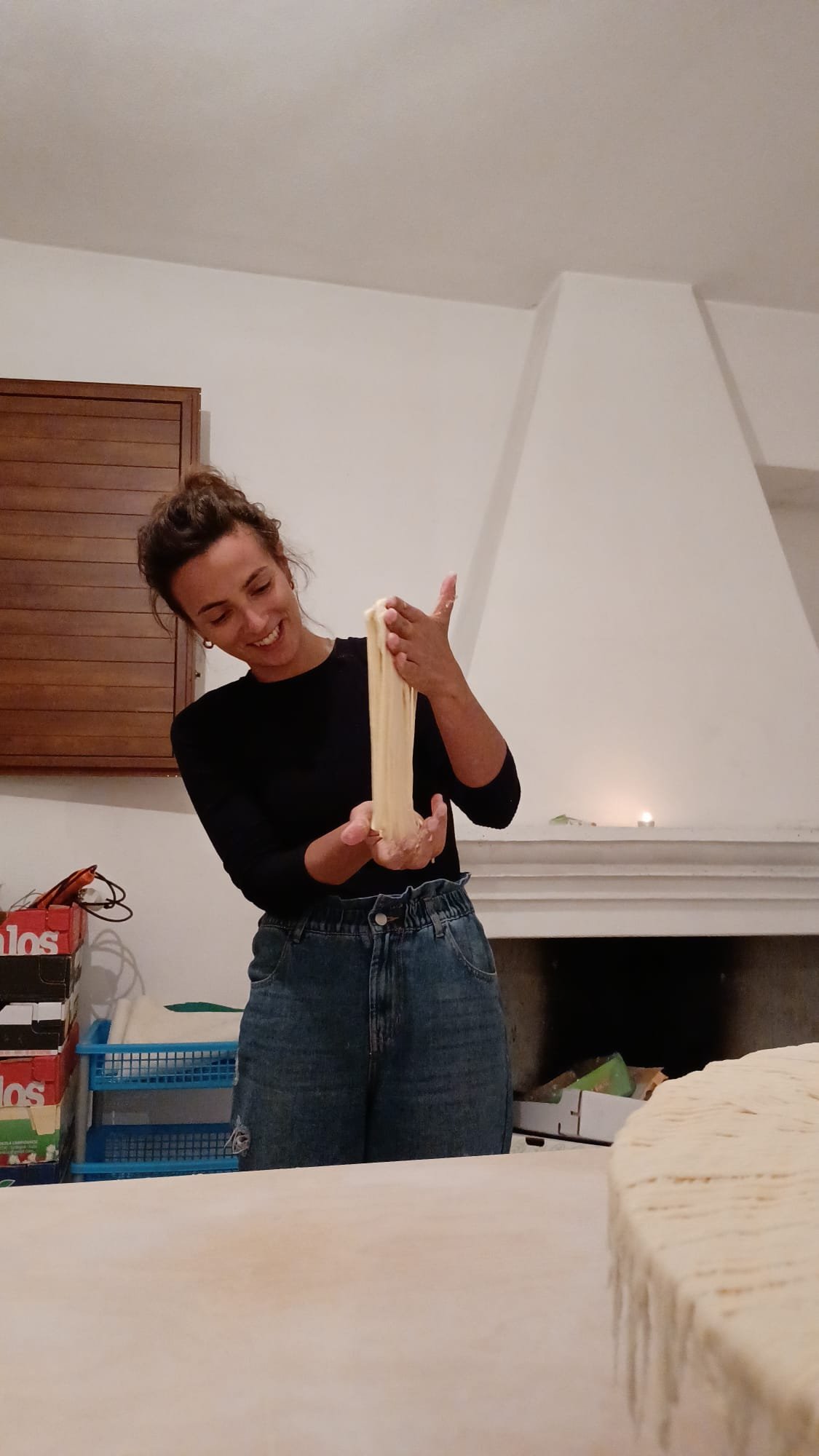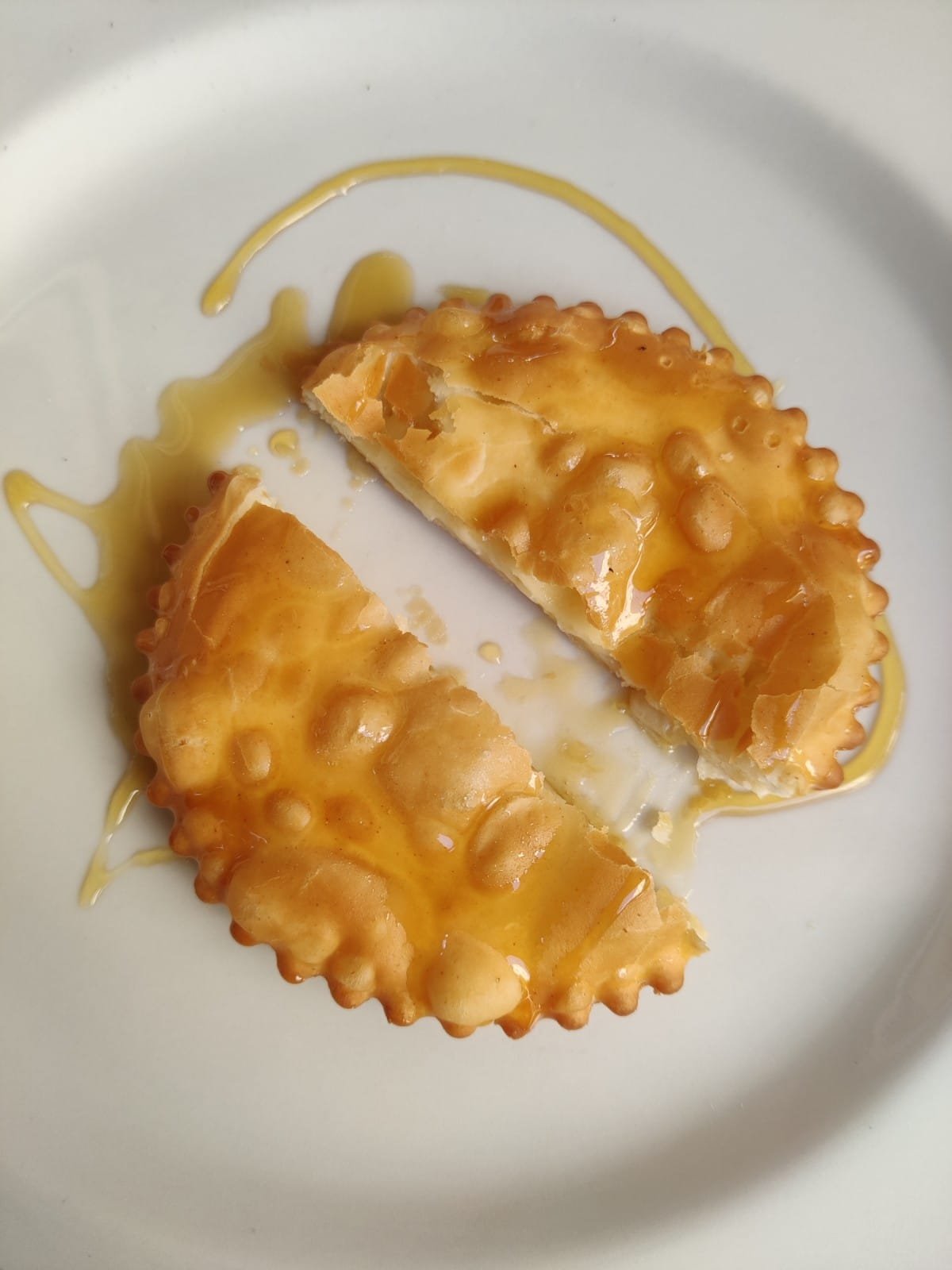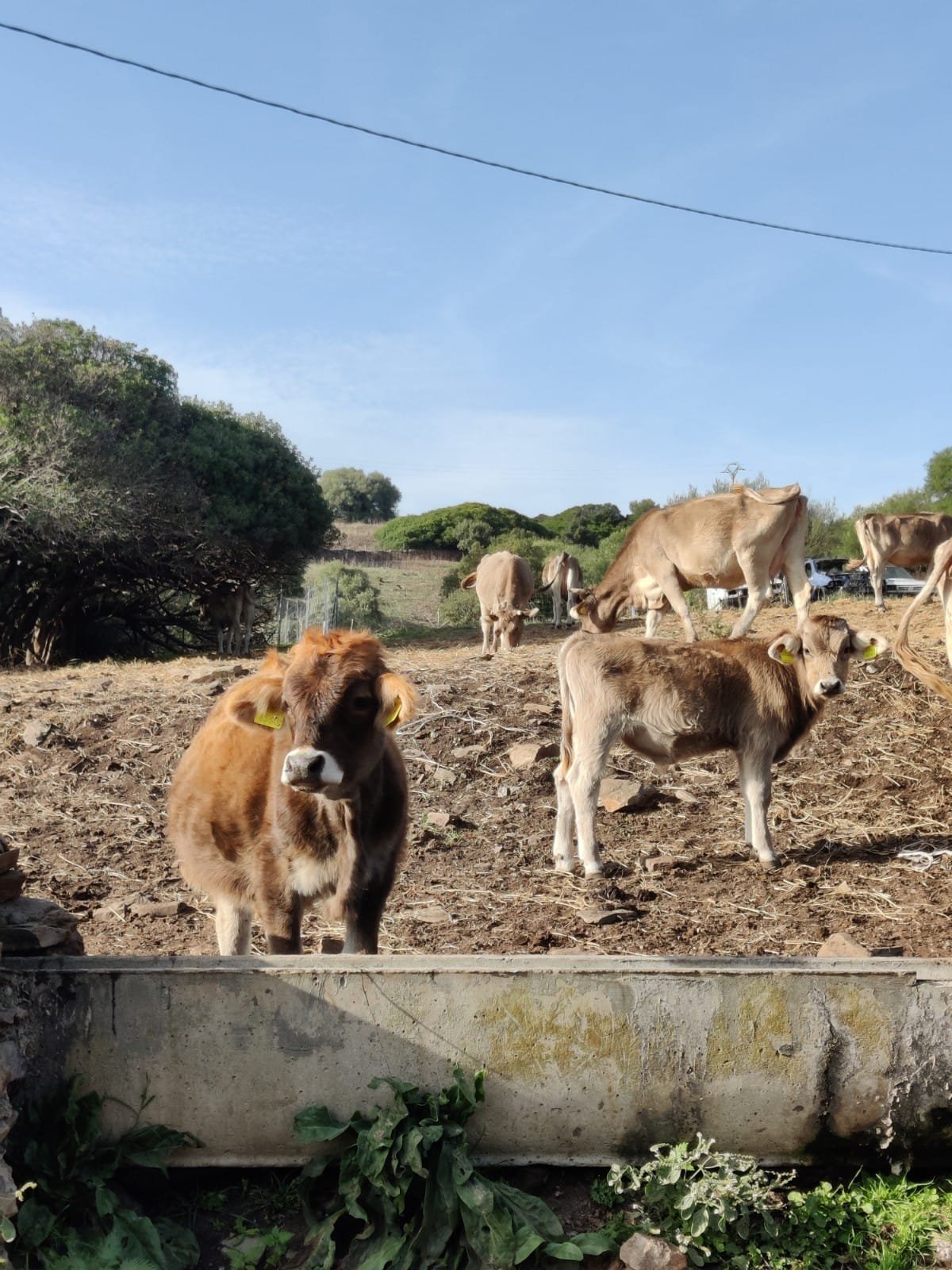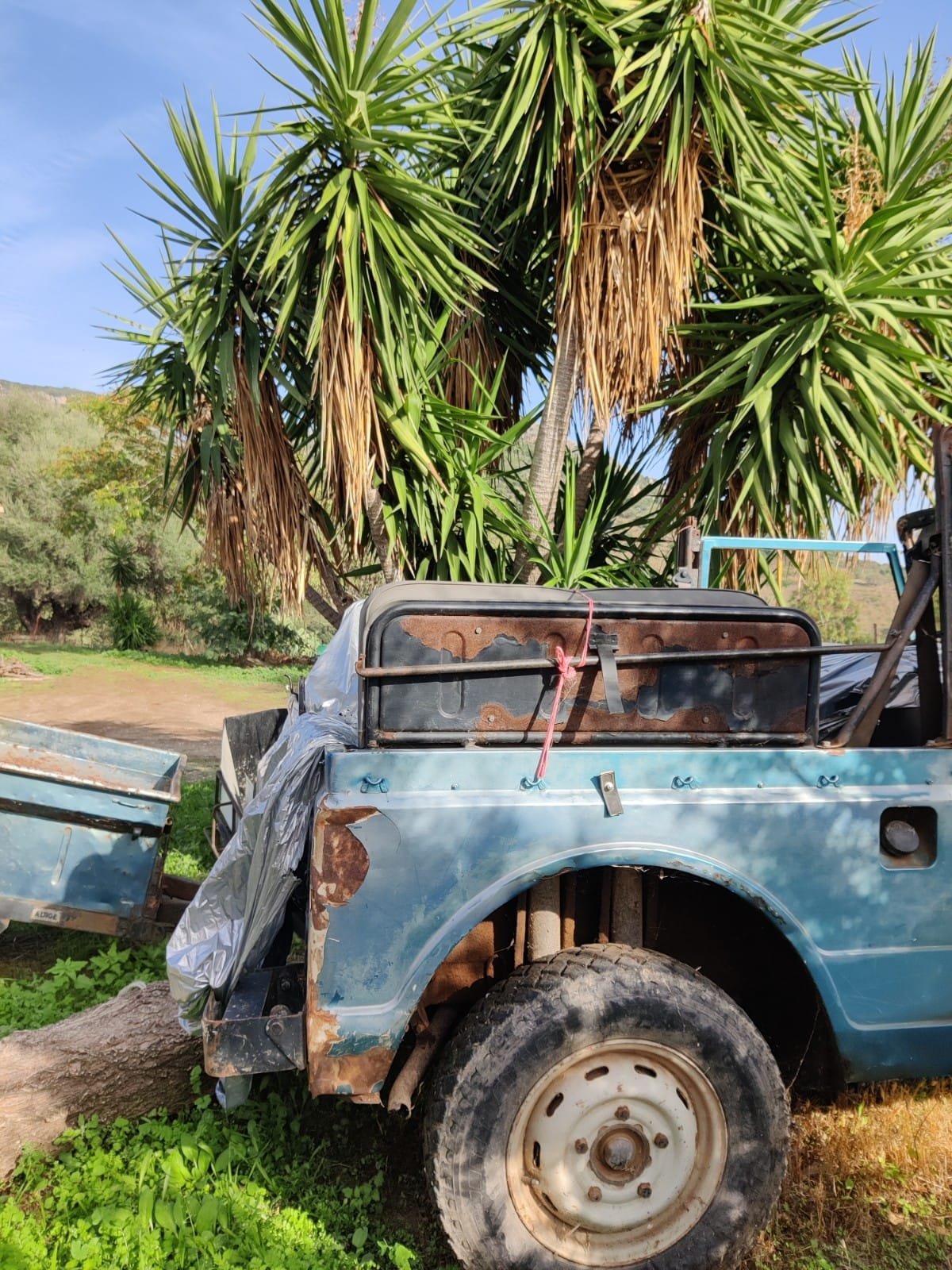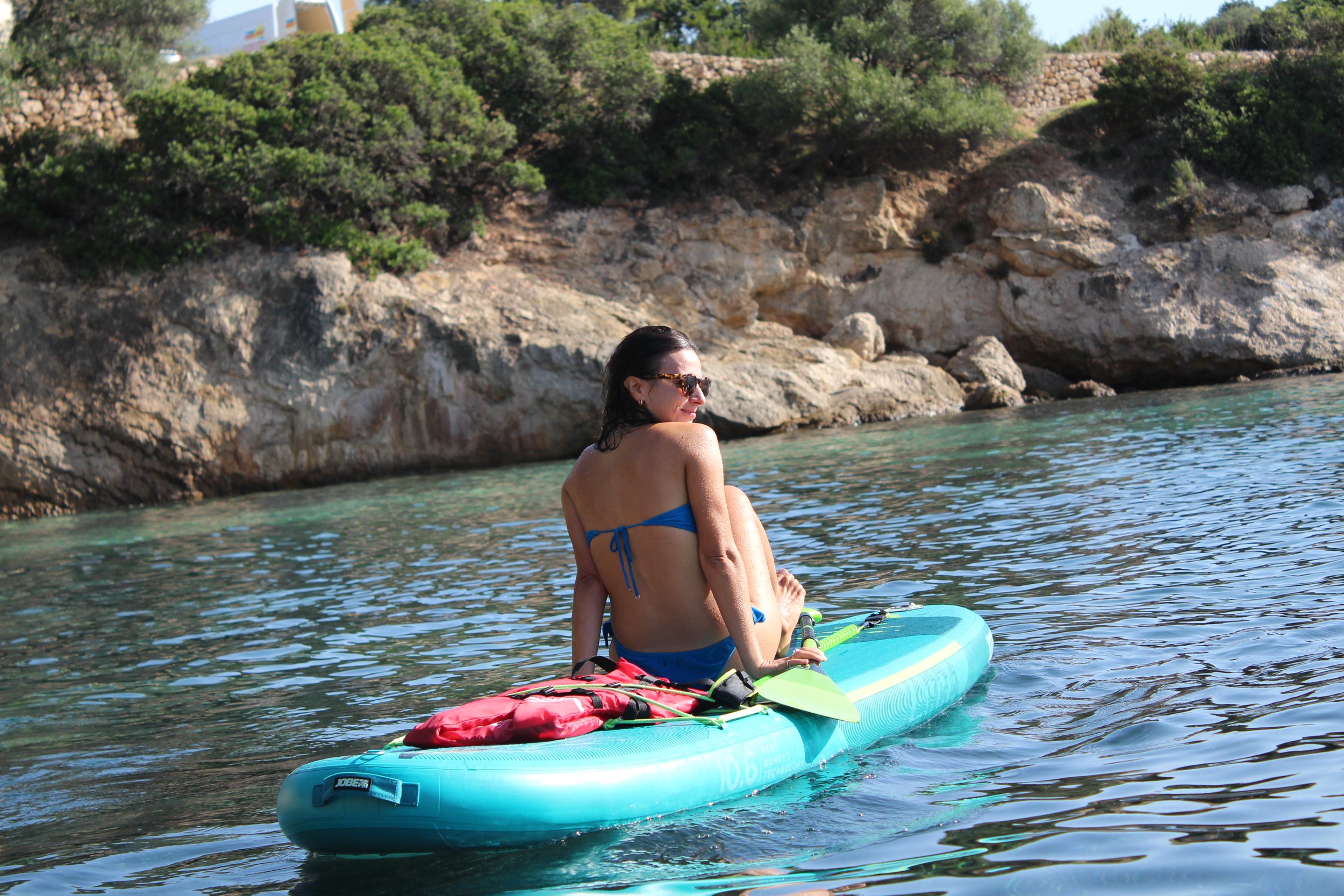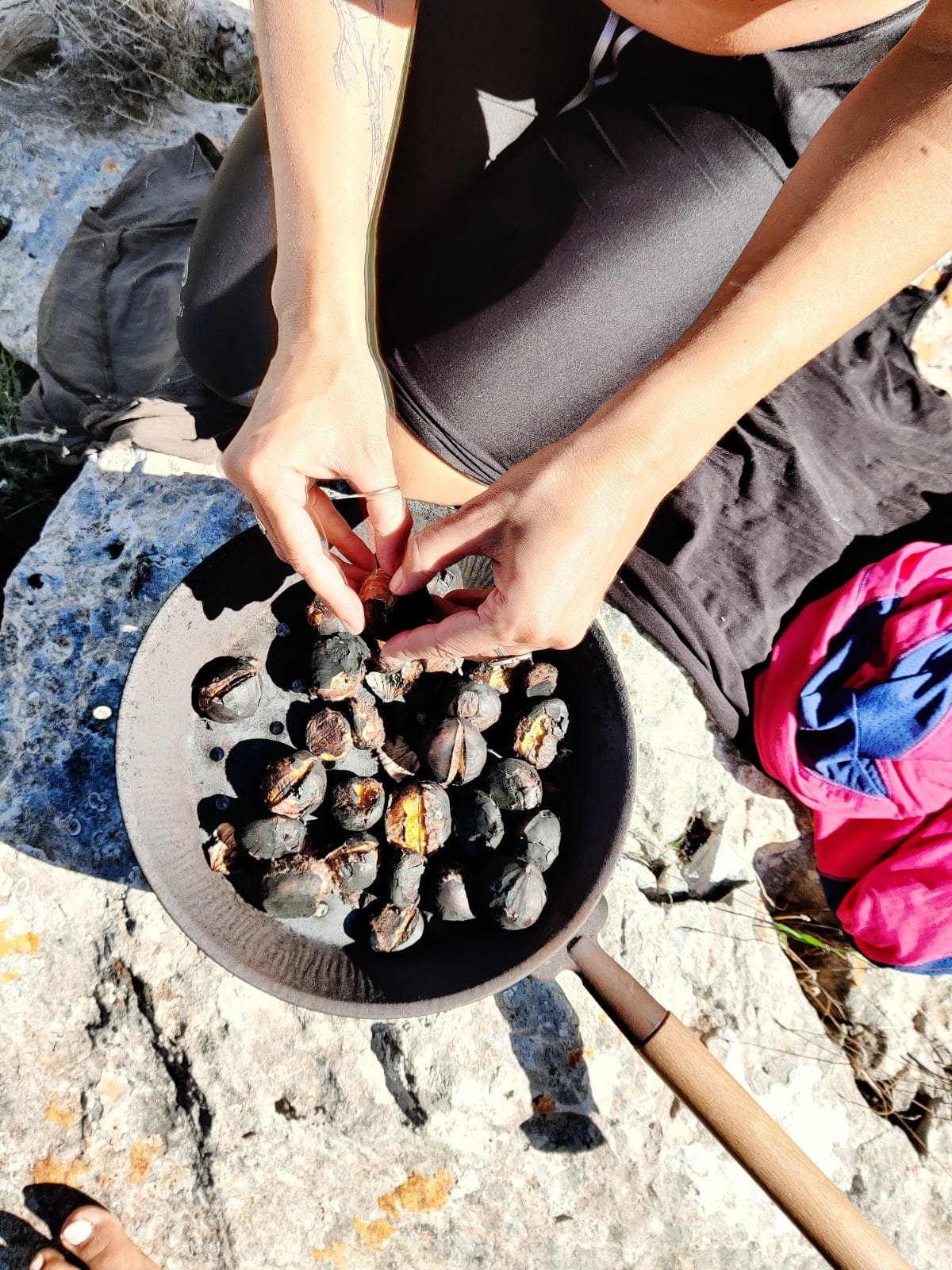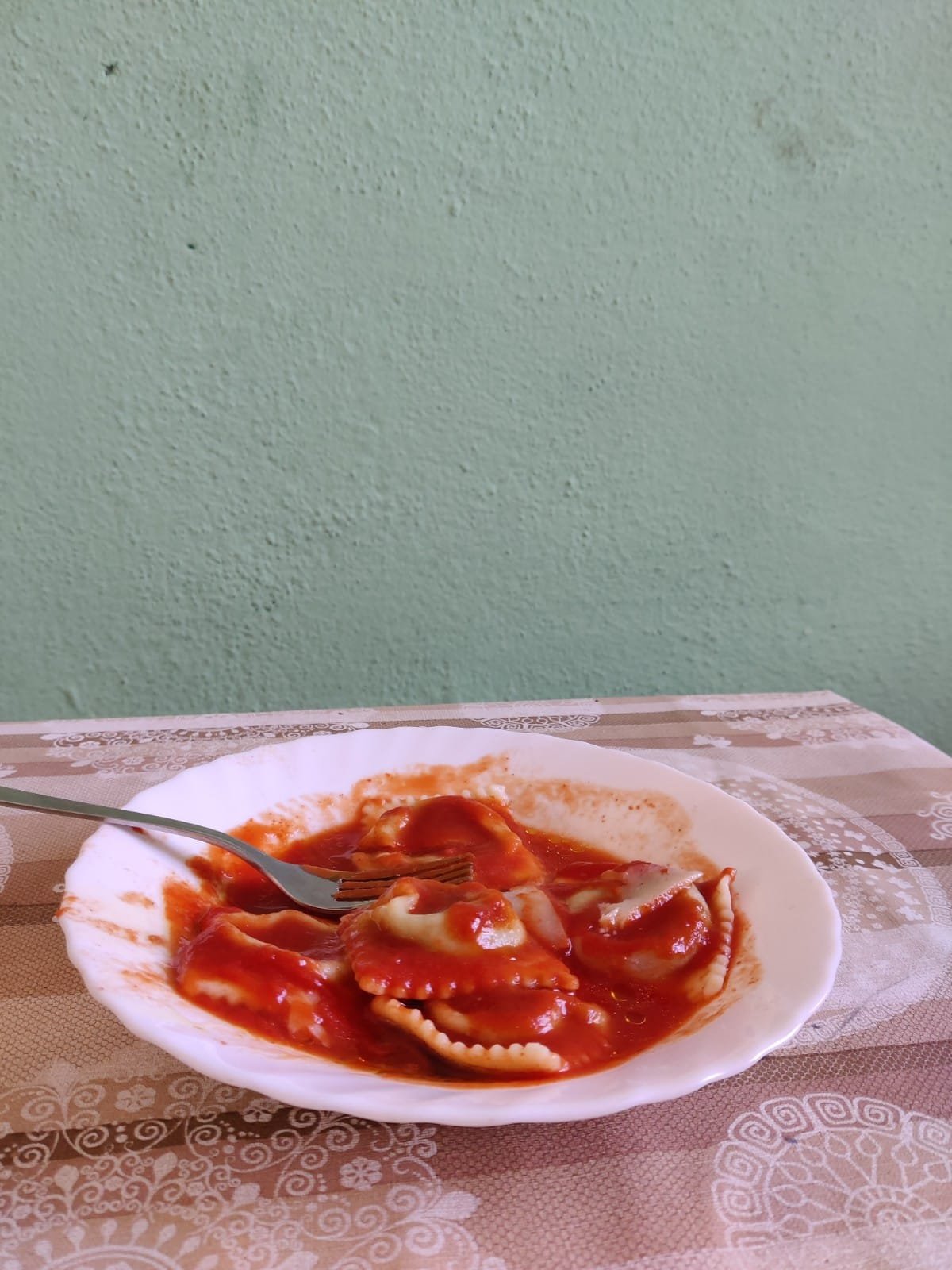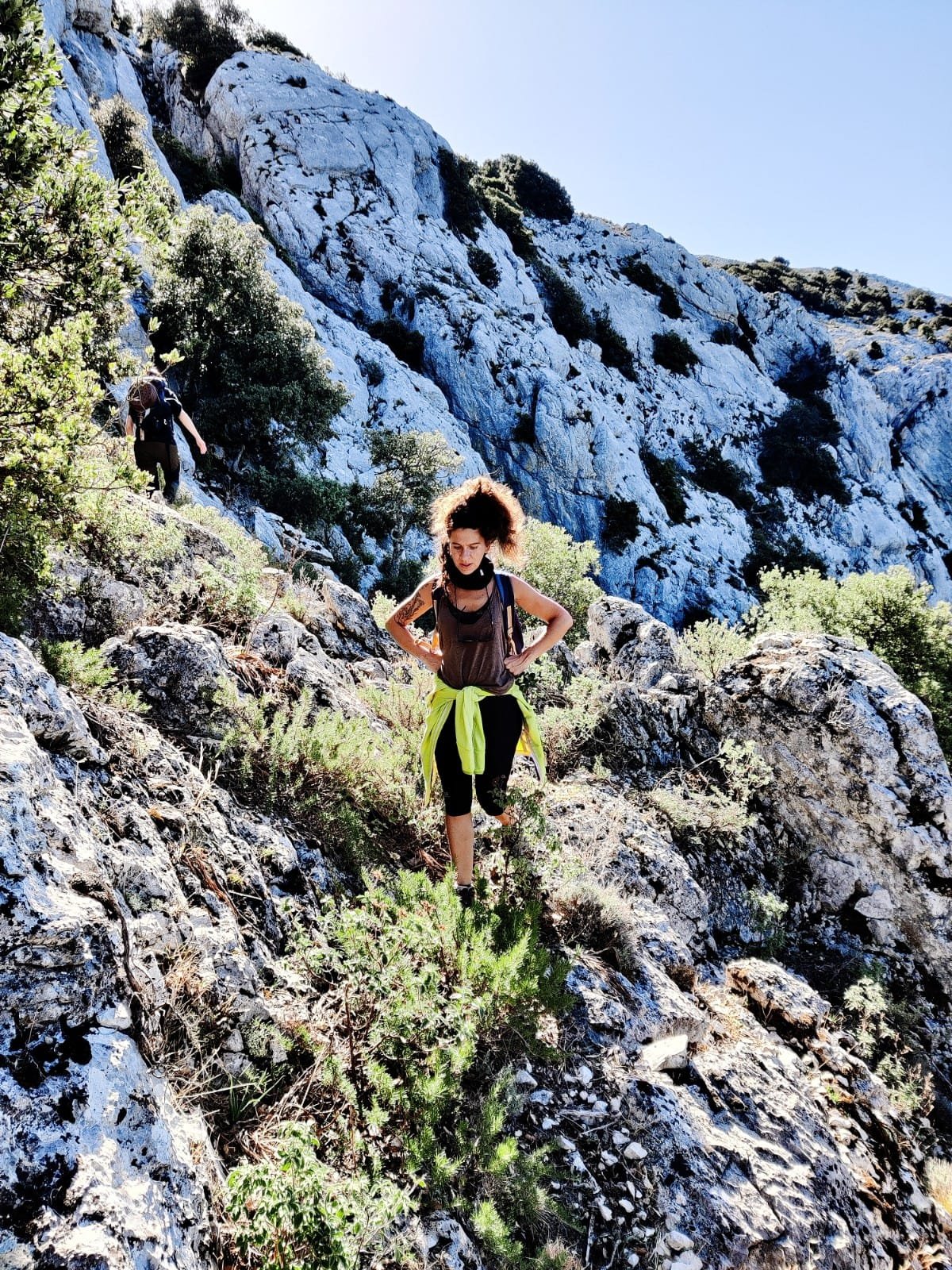Always wanted to explore the Sardinia region because of its stunning beaches and pasta making traditions. Although I did not have so long to explore it this time, I made sure I gifted myself with a Filindeu’s class - one of the rarest and most difficult pasta shapes / dishes you can actually find in Italy.
It was a wish of mine to learn about Filindeu since I started this pasta learning experience 4 years ago when I left London after 9 years and spent 10 months in Italy enrolled in a Pastaio Artigiano course while devouring pasta richness and culture in various regions (find out more about my pasta journey around Italy with the first A Taste Of Italy episodes).
Filindeu, in Sardinian dialect means “fili di Dio” (God’s threads), which its origin comes from Nuoro, in the Barbagia region.
Originally, the filindeu soup dish was served to christians during the pilgrimage to the Sanctuary of Lula, in the hills of the Nuorese countryside.
Peculiarities
This ancient pasta, recognised as “Slow Food Praesidium”, is rigorously made by hands with:
Water
Sea salt
Semola durum wheat flour - not necessarily Semolina flour rimacinata (to best understand the differences about flours learn that on Semola Pasta Course)
Filindeu method:
After you have slowly poured water into the flour and started kneading for about 15/20 minutes (you will need about 500 grams of pasta dough to make 1 Filindeu), the shaping consists into pulling and folding the dough. NOTE: let the dough rest not more than a couple of hours!
The process of pulling and folding is very important and it will take several times before you get the right “fili” size and consistency and then apply it into a “canestro di asfodelo” (or a round wooden plywood).
I very much struggled to make sure that I would:
Pull the dough properly at a particular length
Apply the “fili” dough onto the round wooden board without overlapping the dough and leaving a lot of space in between
Not break the dough before adjusting it onto the board
Watch my reel on how to make FILINDEU here
The tradition says that the filindeu needs to be eaten:
Cooked in a sheep broth
Served with abandoned pecorino fresh cheese which is a bit more acidic than the most common one (Sardinians have a lot of different types and methods to make pecorino!)
The most common ingredients to make this dish (I’ve not had time to make it myself yet!) are as follows:
Sheep meat
Onions
Potatoes
Celery
Parsley
Sun-dried tomatoes
To make other types of Sardinian pasta, you can check in my Semola Pasta Course Or
Make your own Culugiones recipe here
Places that I visited:
Lula countryside
Nuoro
Monte Albo - amazing views and great hike!
San Teodoro beach - La Cinta
Marina Orosei
Olbia town centre
Places to eat that I LOVED it:
Panelentu, Nuoro - they make this amazing wrap bread called “panelentu” which is the bread which comes out during the second step while making carasau bread. You must have it with a sheep meat burger!
Mere Ristorante, Olbia - they have a great tasting menu and everything is locally sourced and pretty seasonal
If you are up for an adventure, I would suggest to pay a visit to:
Sardinia On Board, Olbia

